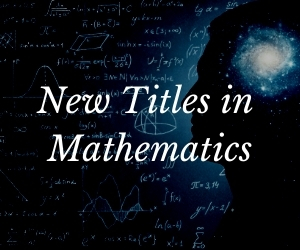System Upgrade on Tue, May 28th, 2024 at 2am (EDT)
Existing users will be able to log into the site and access content. However, E-commerce and registration of new users may not be available for up to 12 hours.For online purchase, please visit us again. Contact us at customercare@wspc.com for any enquiries.
A real matrix is positive semidefinite if it can be decomposed as A=BB′. In some applications the matrix B has to be elementwise nonnegative. If such a matrix exists, A is called completely positive. The smallest number of columns of a nonnegative matrix B such that A=BB′ is known as the cp-rank of A.
This invaluable book focuses on necessary conditions and sufficient conditions for complete positivity, as well as bounds for the cp-rank. The methods are combinatorial, geometric and algebraic. The required background on nonnegative matrices, cones, graphs and Schur complements is outlined.
Contents:
- Preliminaries:
- Matrix Theoretic Background
- Positive Semidefinite Matrices
- Nonnegative Matrices and M-Matrices
- Schur Complements
- Graphs
- Convex Cones
- The PSD Completion Problem
- Complete Positivity:
- Definition and Basic Properties
- Cones of Completely Positive Matrices
- Small Matrices
- Complete Positivity and the Comparison Matrix
- Completely Positive Graphs
- Completely Positive Matrices Whose Graphs are Not Completely Positive
- Square Factorizations
- Functions of Completely Positive Matrices
- The CP Completion Problem
- CP Rank:
- Definition and Basic Results
- Completely Positive Matrices of a Given Rank
- Completely Positive Matrices of a Given Order
- When is the CP-Rank Equal to the Rank?
Readership: Upper level undergraduates, graduate students, academics and researchers interested in matrix theory.

























